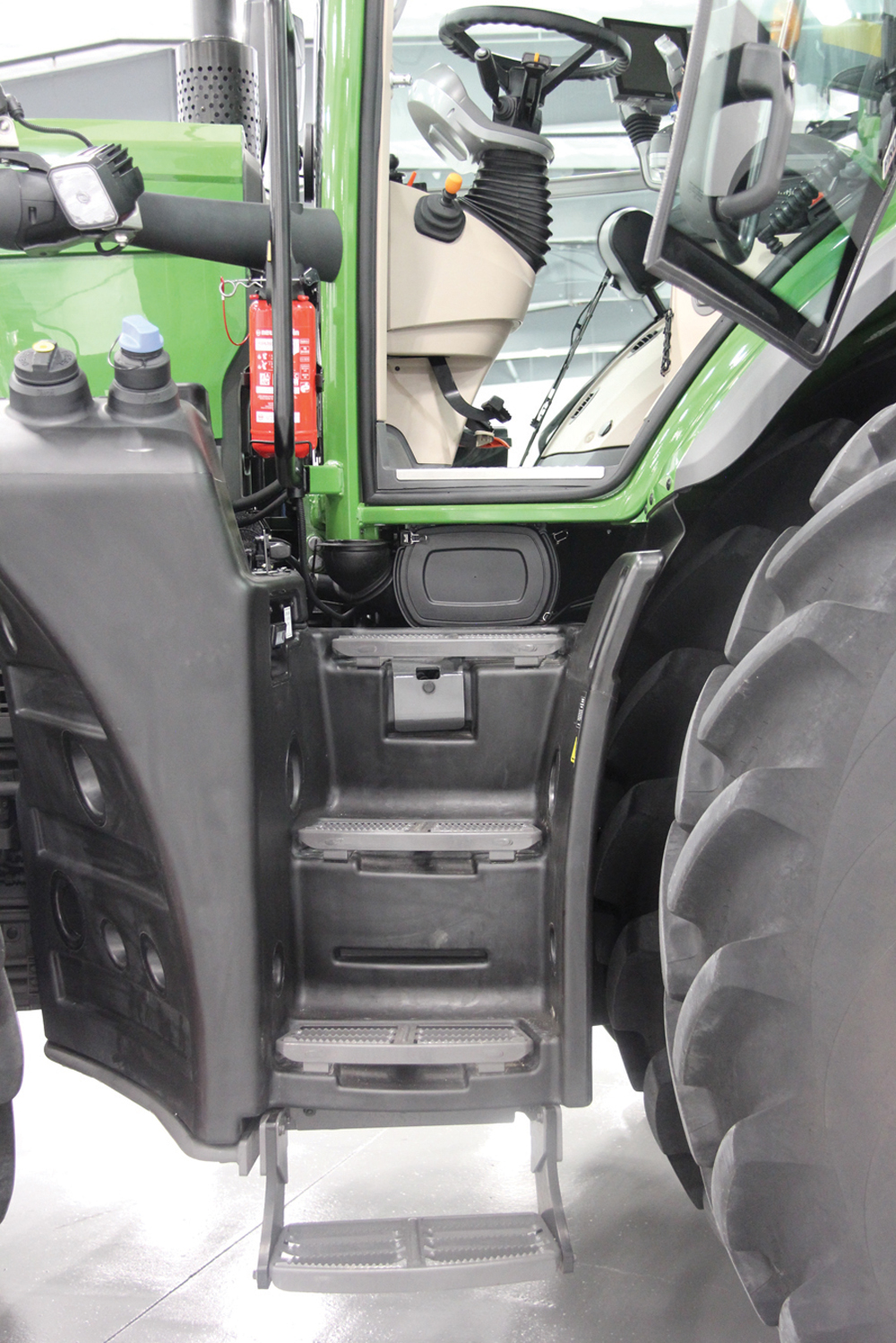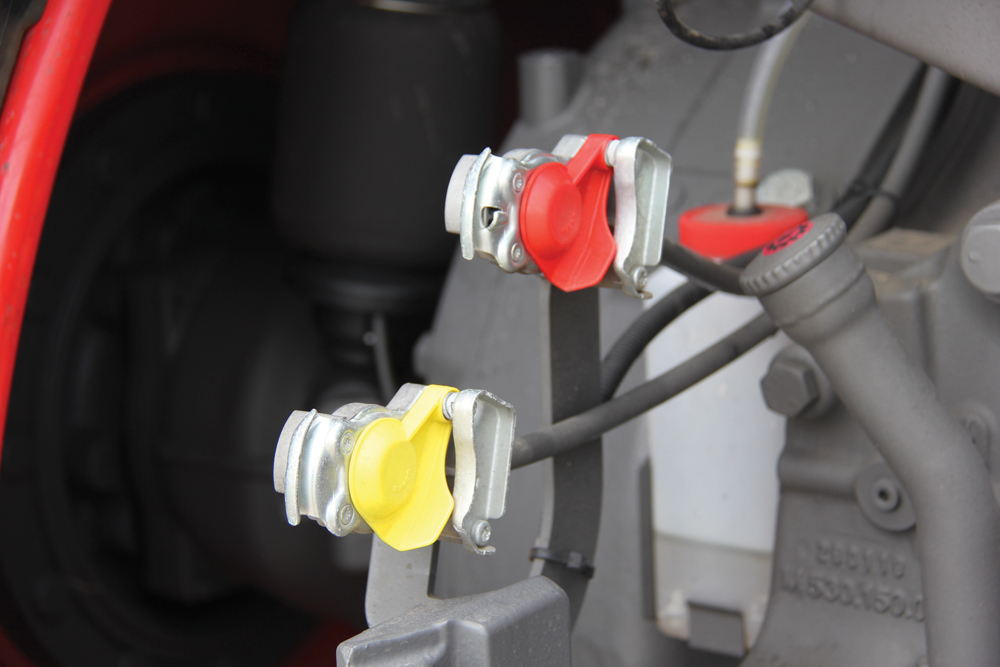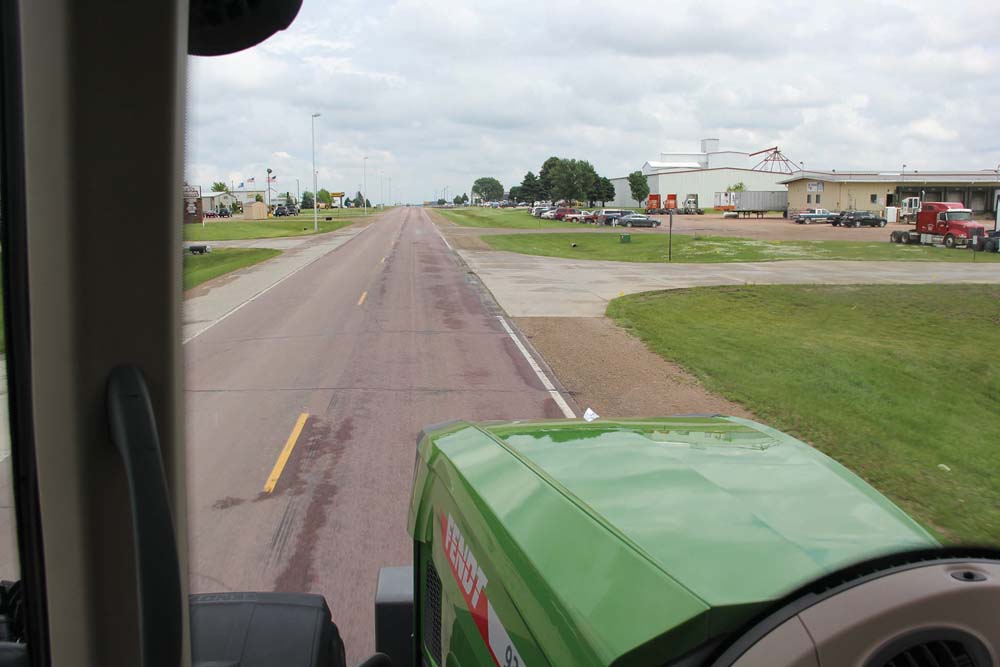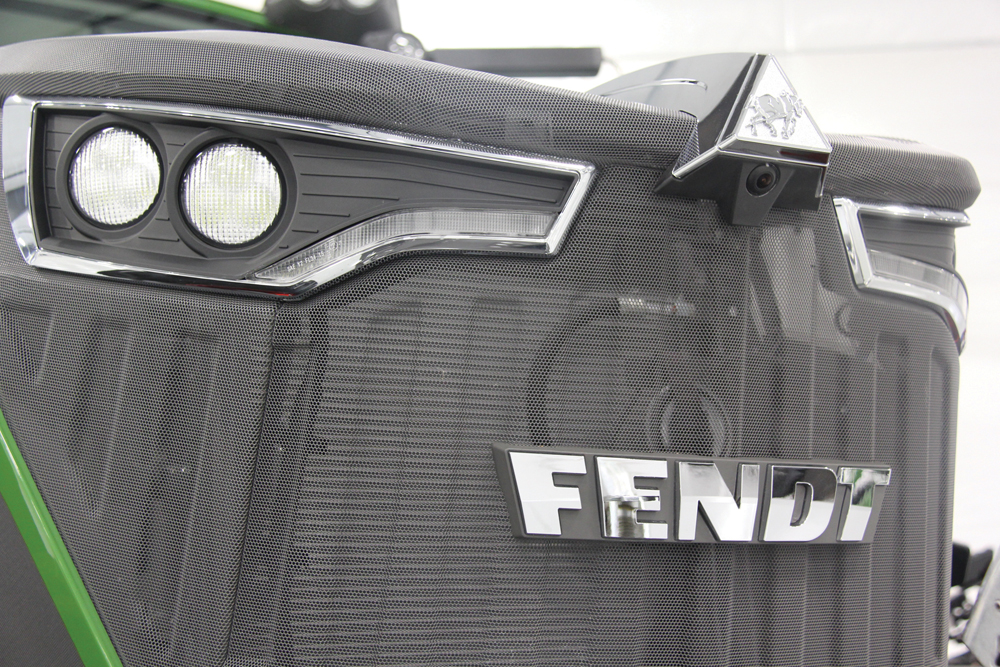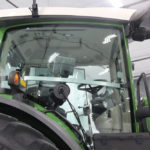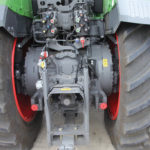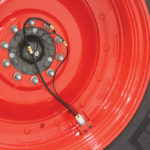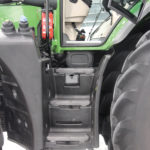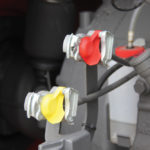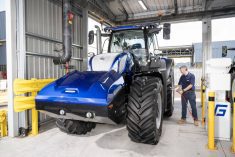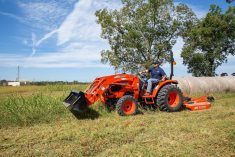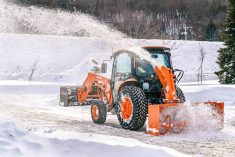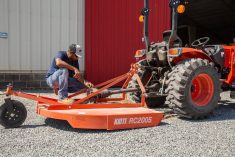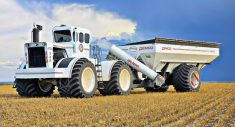
Fendt_cab.jpg
60 square feet of glass area surround the operator on the new Fendt cab design.
Photo: Scott Garvey
Fendt_toolbox.jpg
An available toolbox and hand washing station are available on the right side.
Photo: Scott Garvey
Fendt_rear.jpg
Up to six rear remotes include two high-flow valves and allow for adjustable hydraulic flow rates.
Photo: Scott Garvey
Fendt_variogrip.jpg
The VarioGrip auto inflation system is available for tires on both the front and rear axle.
Photo: Scott Garvey
Fendt_steps.jpg
Sloped steps on the 942 make cab access easy.
Photo: Scott Garvey
Fendt_air.jpg
Fendt tractors use air brakes and also include glad hand connections at the rear for trailer towing.
Photo: Scott Garvey
Fendt_controls.jpg
The 900 Series use a 10.4-inch terminal and control arrangement similar to the 1000 Series.
Photo: Scott Garvey
IMG_7362_cmyk.jpg
Front axle suspension keeps the tractor stable and controllable during 50 km/h road travel.
Photo: Scott Garvey
Fendt_Lights.jpg
An LED lighting package available on the 900 Series tractors provides up to 66,860 lumens.
Photo: Scott Garvey
When we got behind the wheel of the flagship 942 model at the AGCO facility in Jackson, Minnesota, we ran it down a rural road at 50 km/h. That was a bit of a new experience, at least for someone who has never roaded a tractor at that speed before.
Optional cab suspension along with the suspended front axle made travel at that speed much more comfortable than expected. The tractor handled that road speed very easily, and it still felt stable and under control driving it that fast.
Read Also

Bushel Plus SmartPan system now available from John Deere dealers
Grain growers interested in the Bushel Plus SmartPan system to verify combine grain loss can now check it out at participating John Deere dealers.
“We have a double-wishbone front axle suspension,” said Sunderman. “We get approximately eight inches of travel in this suspension, allowing the front axle to remain in a more parallel movement to the hood. This allows us to keep the widest, flattest part of the tire pinned to the ground for better soil contact giving us better pulling performance, reducing ground compaction by spreading that (weight) over a wider area. And it also allows us to reduce the tire wear, because we don’t put all the weight on individual parts of the tire.
“We have our comfort ballast system, which allows us to use the hydraulics of the front axle to raise and lower the front of the vehicle.”
Integrated into the front of the hood is a camera, which displays on the 10.4 inch Vario Terminal. It makes close-quarters work a little safer and easier.
“This really has a benefit when you’re connecting front weights or front implements, he added. “And it also provides a much easier way to maneuver through tight spaces.”
The monitor also provides an interface for all other tractor functions, and it gives owners a level of display customization. Overall, the pages are intuitive and easy to navigate.
The updated cab offers more glass area and fewer view obstructions. Even the windshield wiper, which clears a 300-degree arc, is hidden out of view behind the engine cowling when not in use. Getting in and out is comfortable with the sloped steps that have been a feature on all Fendts for years now.
It’s details like this that Fendt prides itself on, to give its tractors a premium appeal.
The VarioGrip tire inflation system allows for tire pressure changes from the cab through the Vario Terminal. With the standard tire configuration, it’s capable of around nine PSI (inflation) in seven minutes. With a base weight of around 25,000 pounds, the flagship model 942 can be ballasted up to 42,000, allowing it to be ideally set up for a wide range of functions.
The 900 Series tractors handle as smoothly as you’d expect, with all controls falling easily to hand. And while we didn’t get a chance to put a load behind it, running it at the test facility and on the road showed that it was every bit as comfortable to operate as we were led to believe.





